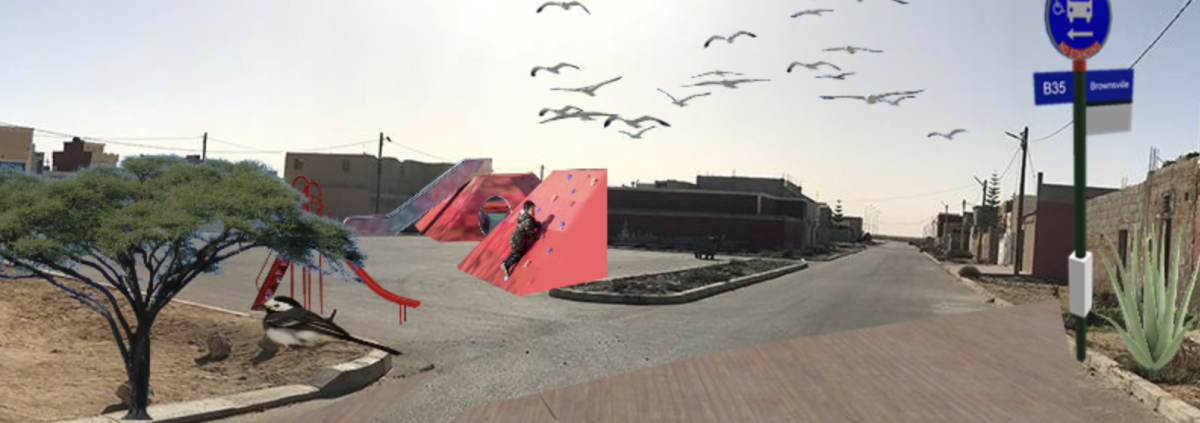Image above: one of the mixes made in Layoune, Morocco
The Unlimited Cities tool no longer belongs solely to its initiators. Since its inception as a result of European research by the Host Lab in 2011, its core has been expanded by a variety of stakeholders, including NGOs, local authorities, and researchers from different continents.
A fascinating "mise en abîme" can be observed over a decade. We see how a tool designed to foster open innovation for territories transforms itself according to open innovation principles.
A 2013 video explaining the vision of Unlimited Cities...
Beyond the use of Creative Commons licenses for sharing tutorials and analyses (CC BY SA) and free licenses for software components (GNU AGPLv3), the project leaders aimed to go further with this challenge: to select the right method to make the tool a standard for collective intelligence, as accessible and straightforward to use as colored pencils.
How can this free tool, designed to promote co-imagination, evolve to become even more effortless to deploy without technical knowledge, on powerful servers, and become part of the most basic toolkits for educational institutions and any organization engaged in open innovation processes?
To achieve this vision, the initiators and project leaders decided to go beyond open licensing techniques and embrace a more economic or philosophical vision of cooperation through the commons. They focused on organizing the tool's development according to the commons' organizational structure and its archetypal triptych of resources, community, and long-term governance.
- The resource is the visual collective intelligence software tool called Unlimited Cities, whose prototype was first tested in a real-life situation during the Futur en Seine Festival in Paris in 2011.
- The user community is supported by a structure created as an association in 2015 under the name Urbadiversité and later 7 Billion Urbanists.
- The governance of the core's evolution and the resource's functionalities, as well as other emerging civic techs through resonance and capillarity, is guaranteed by the Open Urbanism Foundation's statutes, established in Geneva in 2021 with a public interest mission.
The interesting thing is that the success of open-source software or a commons cannot be dictated.
- First, a community or a group of stakeholders who consider the resource useful enough to develop, use, improve, and protect it must build it.
-
Then, if the resource proves its usefulness, the commons will be used by an increasingly broad user base and begin to acquire more substantial means for improvement.
These means can include the work of volunteer contributors who engage in a community and are recognized for their contributions, nonprofit or private organizations that use this resource to sell services and have an interest in improving it, or public organizations that use the resource in connection with public interest policies and also have an interest in making it more efficient by spending a fraction of the time and money that would be required without the various cooperations allowed by different partnerships.
The project is ongoing.
Video made by UCL University Central of Equador students in October 2016, the week before the UN-Habitat Conference Habitat III.
